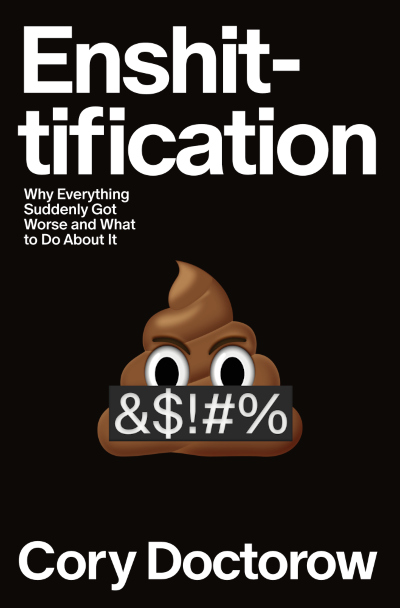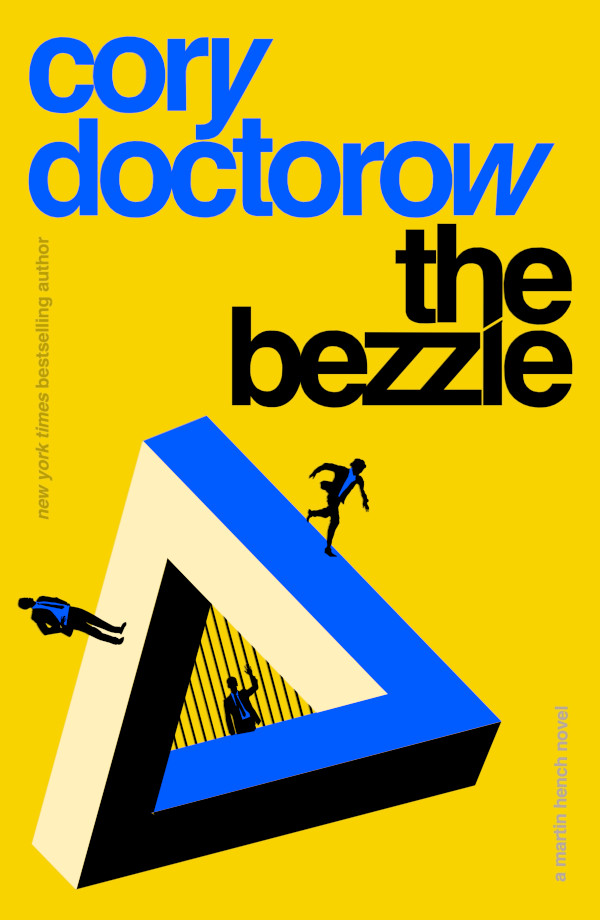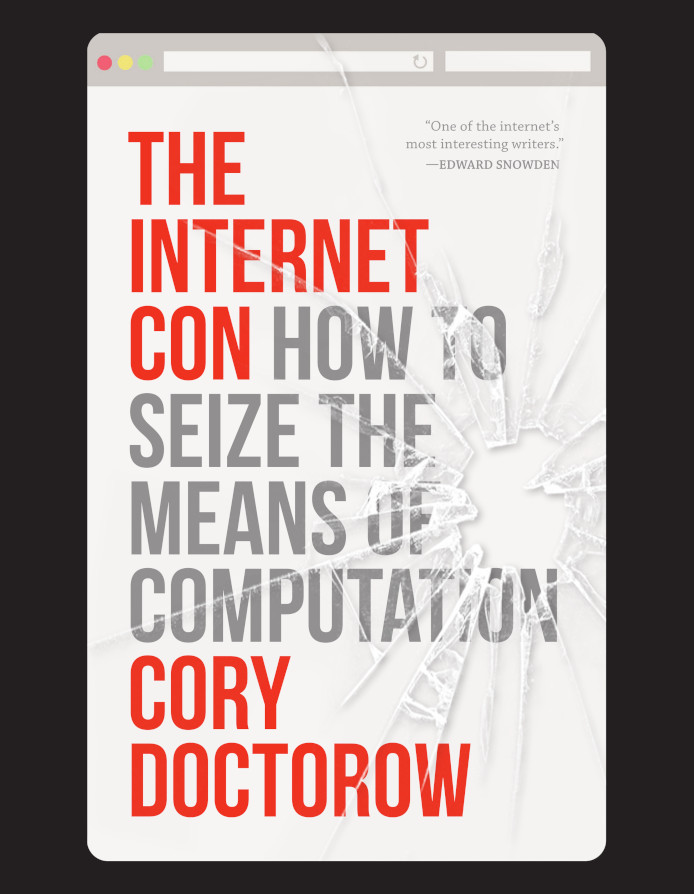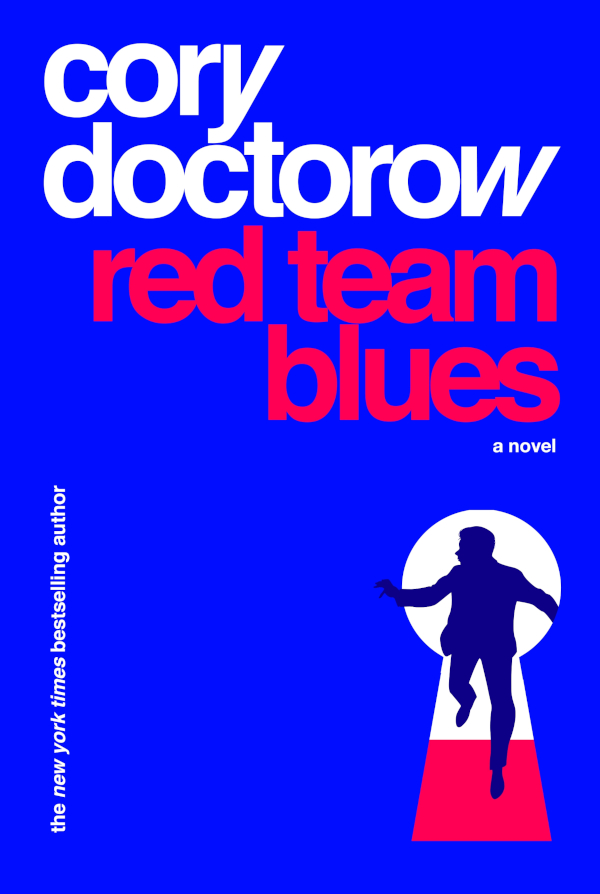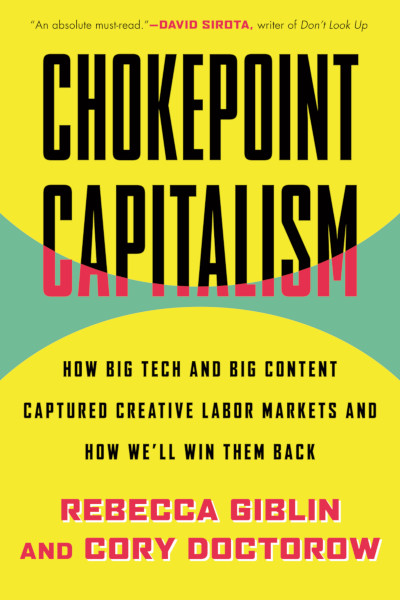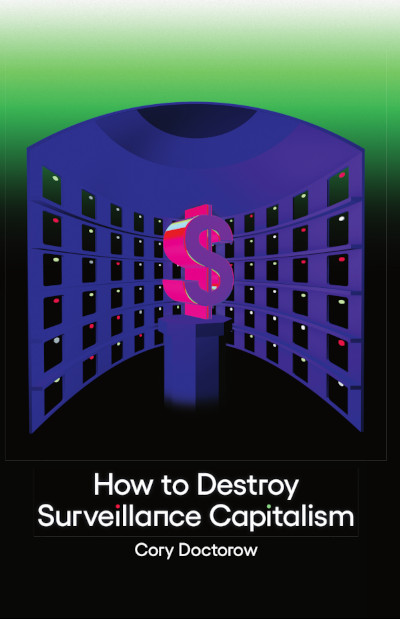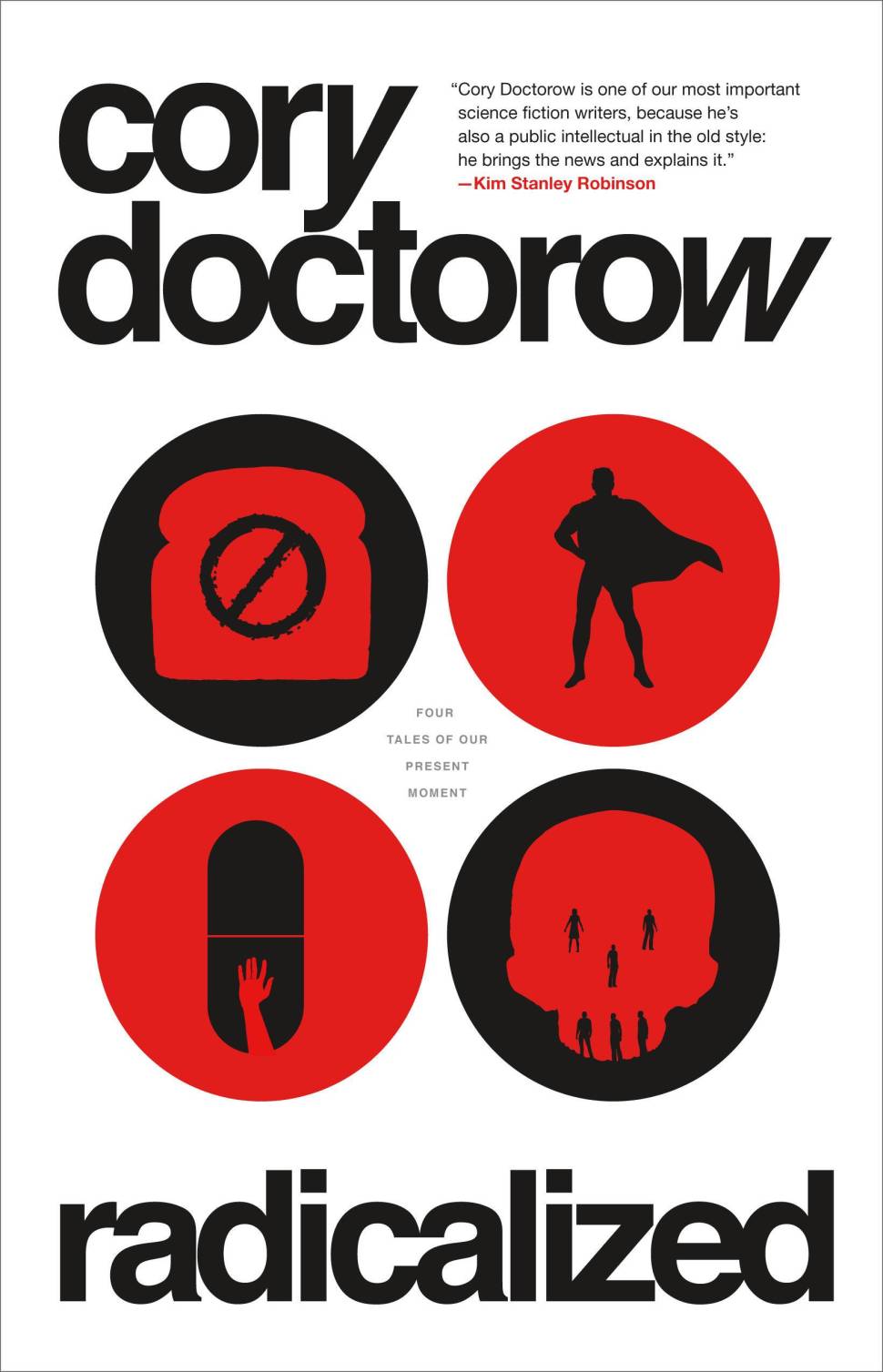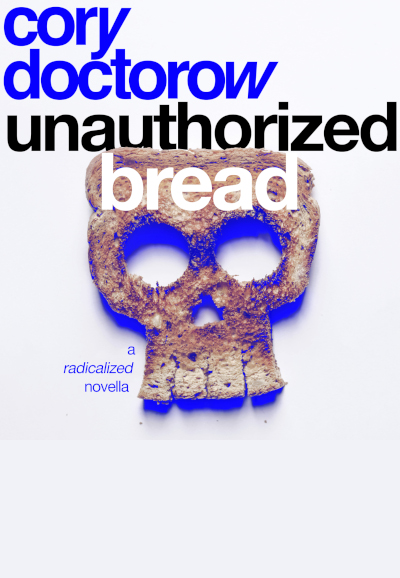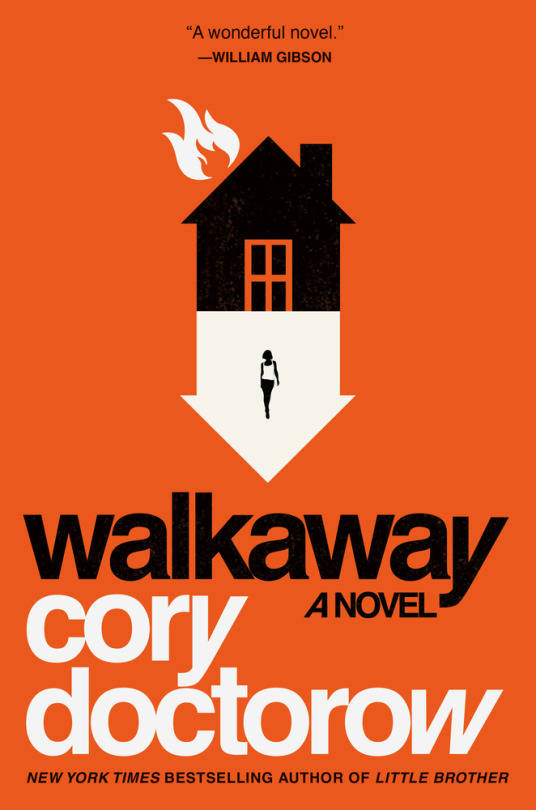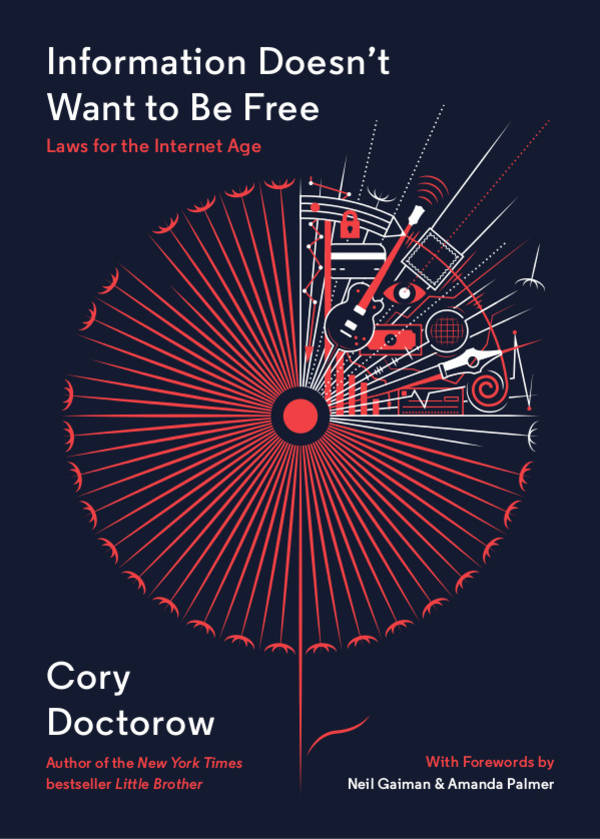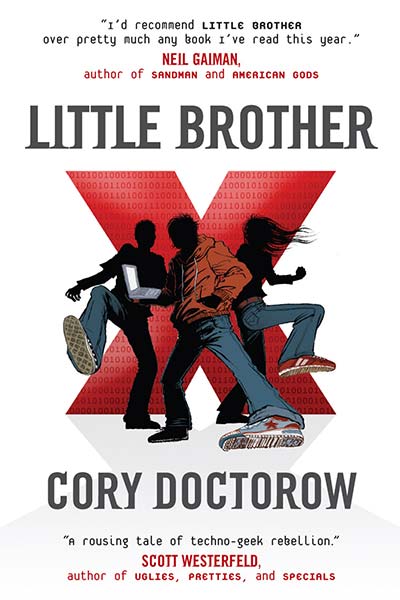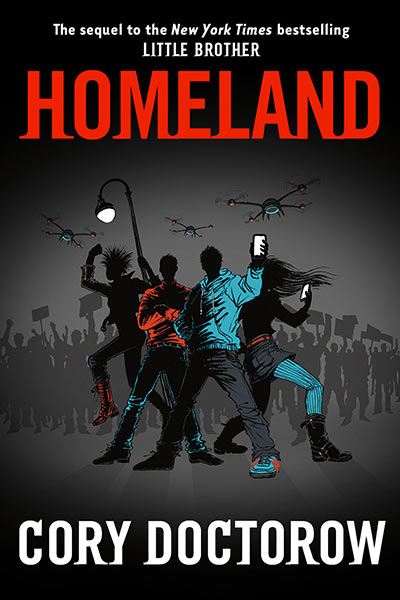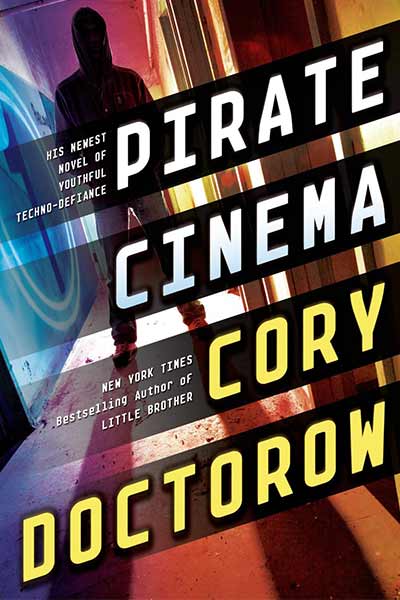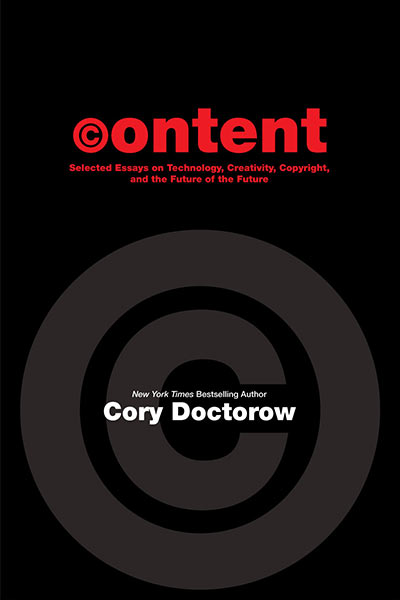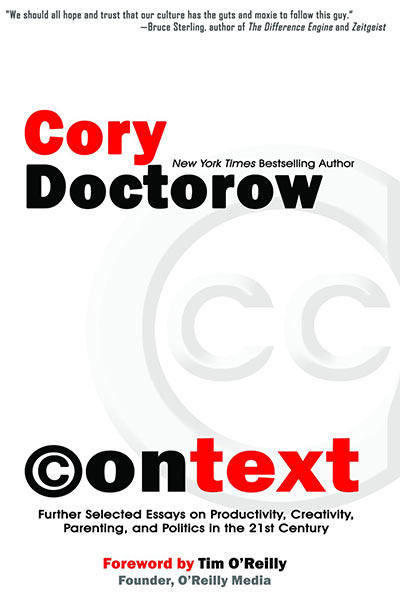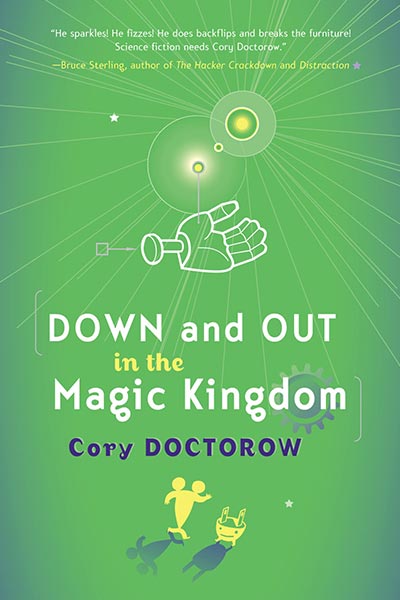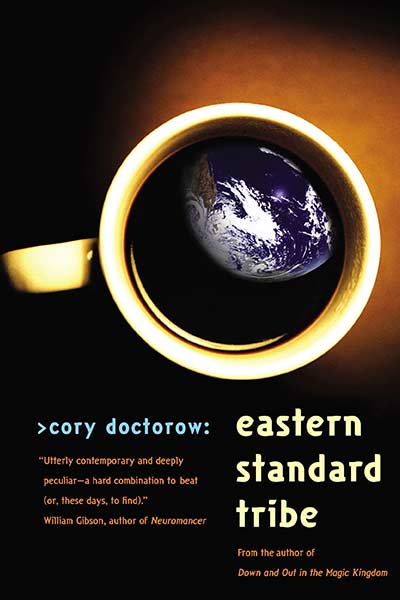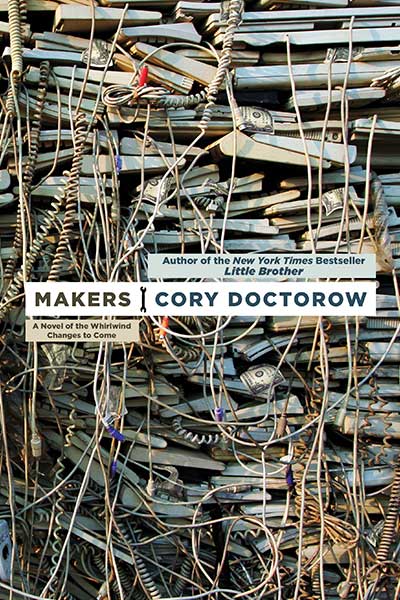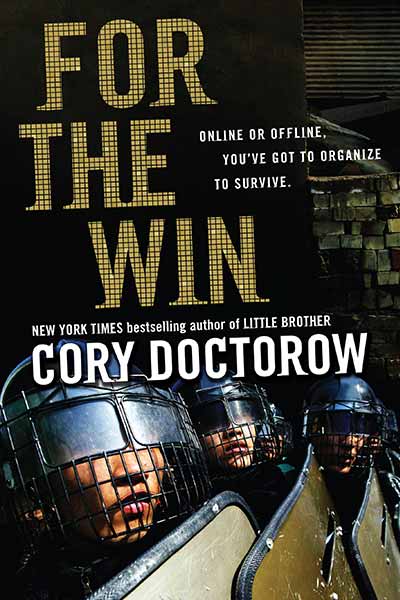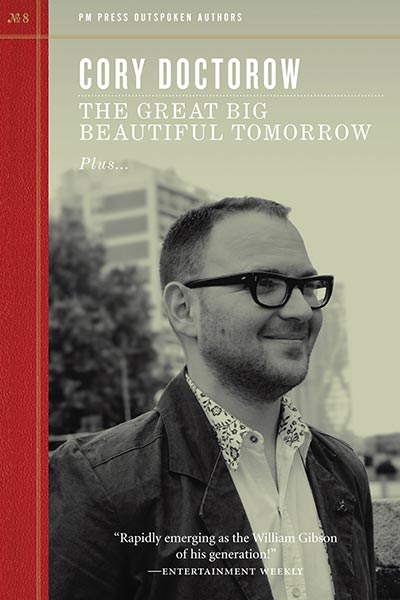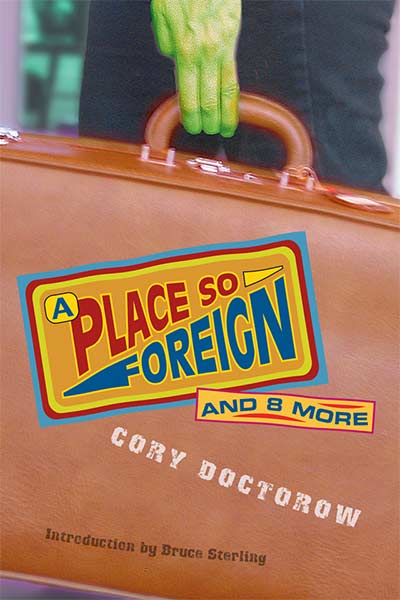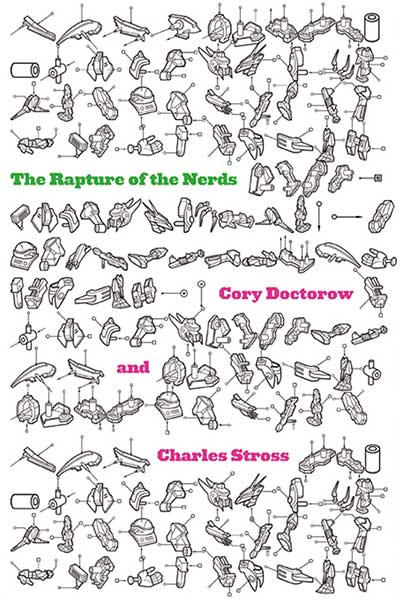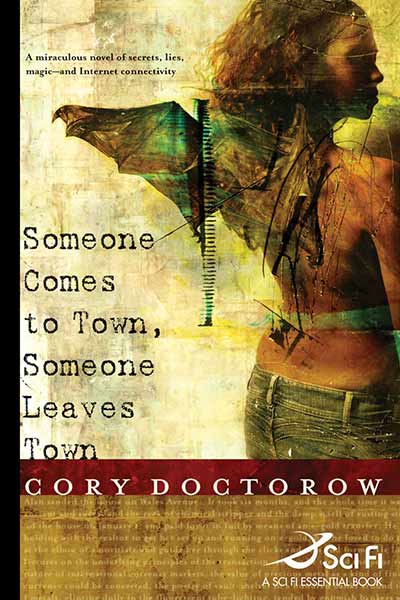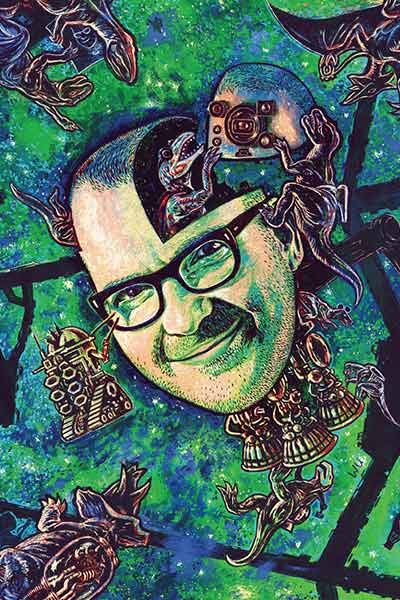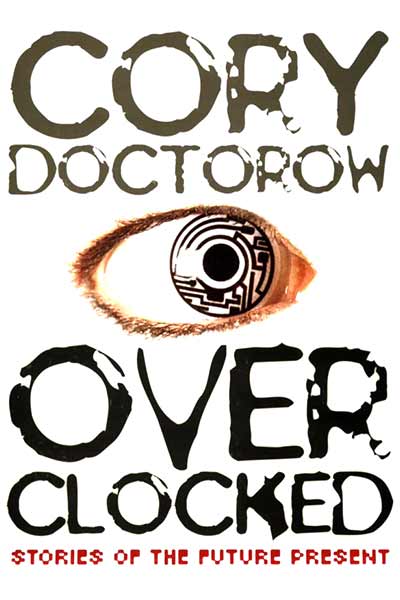
For my latest podcast, I read my 2017 Wired op-ed, Disasters Don’t Have to End in Dystopias, a discussion of the themes in my novel Walkaway.
The thesis is that our estimations of probability of danger are unduly influenced by our ability to vividly imagine that danger (this is called the “availability heuristic”), so stories about human barbarism during crises inspires people to expect — and perform — that barbarism. The answer is to tell stories that reflect the reality of crises: that they are the times when people pull together and help each other out.
Here’s how you can recognize a dystopia: It’s a science fiction story in which disaster is followed by brutal, mindless violence. Here’s how you make a dystopia: Convince people that when disaster strikes, their neighbors are their enemies, not their mutual saviors and responsibilities. The belief that when the lights go out, your neighbors will come over with a shotgun—rather than the contents of their freezer so you can have a barbecue before it all spoils—isn’t just a self-fulfilling prophecy, it’s a weaponized narrative. The belief in the barely restrained predatory nature of the people around you is the cause of dystopia, the belief that turns mere crises into catastrophes.
Stories of futures in which disaster strikes and we rise to the occasion are a vaccine against the virus of mistrust. Our disaster recovery is always fastest and smoothest when we work together, when every seat on every lifeboat is taken. Stories in which the breakdown of technology means the breakdown of civilization are a vile libel on humanity itself. It’s not that some people aren’t greedy all the time (or that all of us aren’t greedy some of the time). It’s about whether it’s normal to act on our better natures or whether our worst instincts are so intrinsic to our humanity that you can’t be held responsible for surrendering to them.
